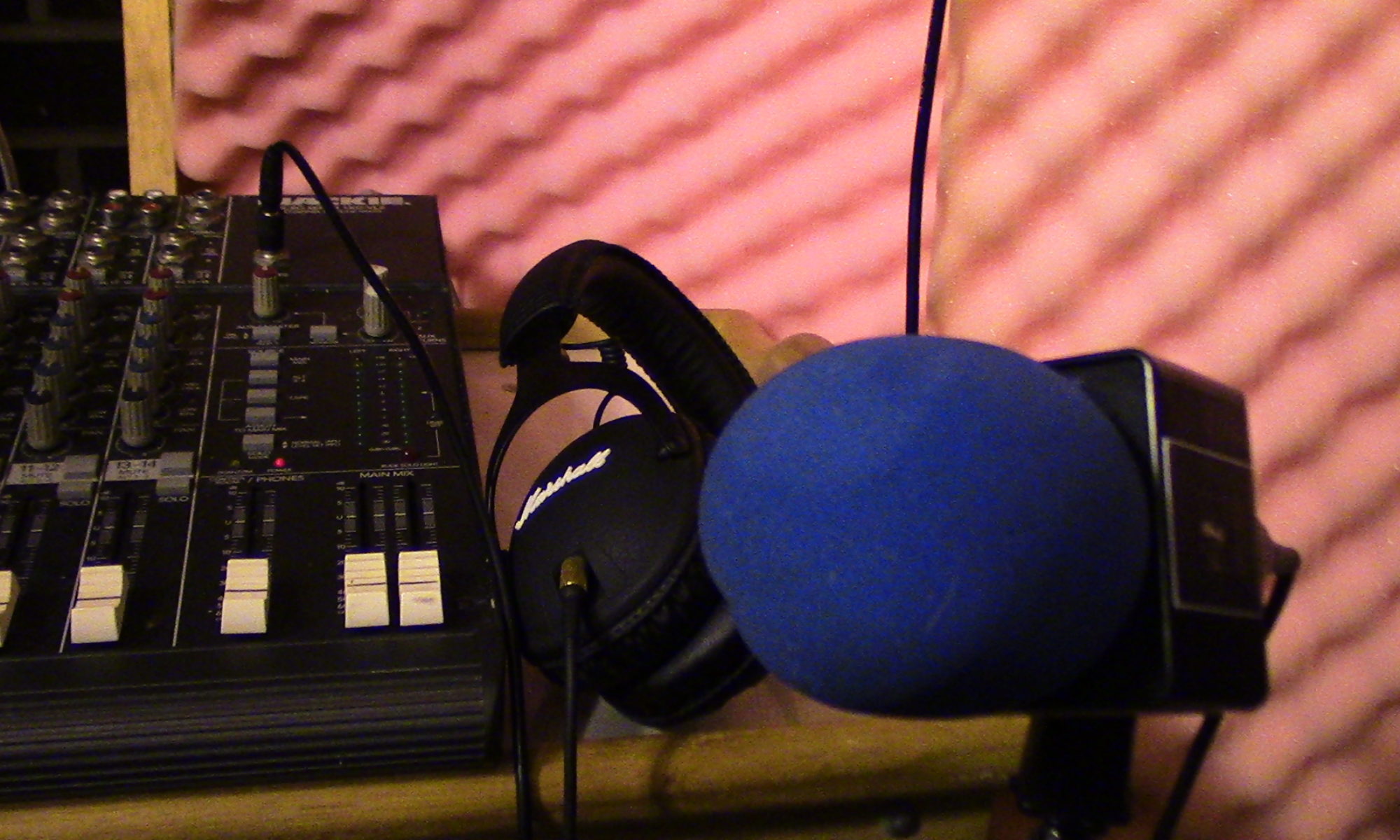Gov. Alejandro Garcia Padilla proposed more than $1.4 billion in cuts and adjustments by consolidating 25 government agencies and imposing an average 8 percent spending cut for most agencies, among other things. He also pledged $775 million to pay off debt — $525 million more than in last year’s budget.
The $9.64 billion budget aims to strengthen and revive the economy as the U.S. territory enters its eighth year in recession and struggles to reduce some $73 billion in public debt.
The budget does not call for layoffs or new taxes.
“We are finally paying off the debts of the past,” Garcia said during a televised address to a joint legislative session. “Our island needs radical changes. For too long, previous proposals have only been cosmetic or sought a collective applause.”
The governor is scheduled to formally submit the budget Wednesday, and legislators will debate it in upcoming weeks, with approval needed before June 30. Last year’s budget stood at $9.77 billion.
U.S. investors and bondholders were awaiting details of the budget and are expected to monitor its impact on the economy after Puerto Rico sold a record $3.5 billion in general obligation bonds last month in part to generate more liquidity and refinance debt.
David Tawil, co-founder and portfolio manager of New York-based Maglan Capital, praised Garcia’s push for a balanced budget, although he said reservations remain.
“It’s an important achievement beyond the financial soundness,” Tawil said. “It is all critical and goes a long way but may not necessarily be sufficient.”
Opposition legislator Lourdes Ramos criticized Garcia for not acknowledging the island’s contracting economy, the lack of jobs and dwindling funds. “It was disappointing,” she said of his speech.
Hundreds of unionized workers gathered outside the seaside Capitol to protest the cuts.
Puerto Rico economist Gustavo Velez said the last balanced budget for the U.S. territory’s government was in 1999, with governors borrowing over the past 14 years to finance deficits while violating the island’s constitution requirement for balanced budgets. He said the government borrowed an estimated $29 billion from 2004 to 2013, adding that the money wasn’t put into public works but rather was just used to let the island live beyond its means.
“That should never have occurred,” he said, adding he feels Garcia had no other option but to balance the budget. “This is happening because of the current fiscal reality. They cannot go to the market to borrow more money. … They have no choice but to face reality, to operate with the resources they have.”
Garcia, a lawyer who became governor in January 2013, inherited a more than $2.2 billion deficit and the highest unemployment rate compared with any U.S. state, among other economic problems.
He has sought to diversify the economy and strengthen its industrial base, attracting international companies with tax incentives while also courting wealthy investors such as New York hedge fund executive John Paulson.
Earlier this month, German company Lufthansa Technik announced it would invest $20 million on a facility for aviation maintenance, repair and overhaul, while Arizona-based Honeywell Aerospace said it would spend $24 million to expand its business on the island.
Garcia also has made changes to two major public pension systems, noting they would run out of money soon if nothing was done. He also previously implemented new taxes and various measures to help generate some $1.5 billion in new revenue.
 The island of 3.67 million people is struggling economically. More than 450,000 people have left in the past decade, and just 41 percent of working-age Puerto Ricans are in the labor force, compared to 63 percent in the U.S.
The island of 3.67 million people is struggling economically. More than 450,000 people have left in the past decade, and just 41 percent of working-age Puerto Ricans are in the labor force, compared to 63 percent in the U.S.






